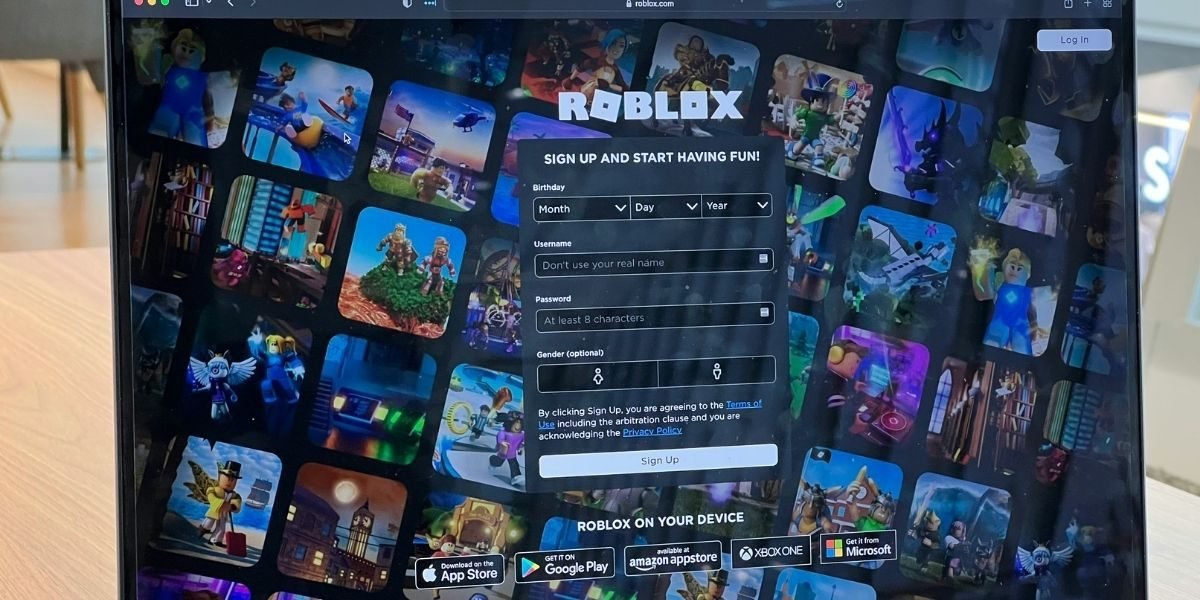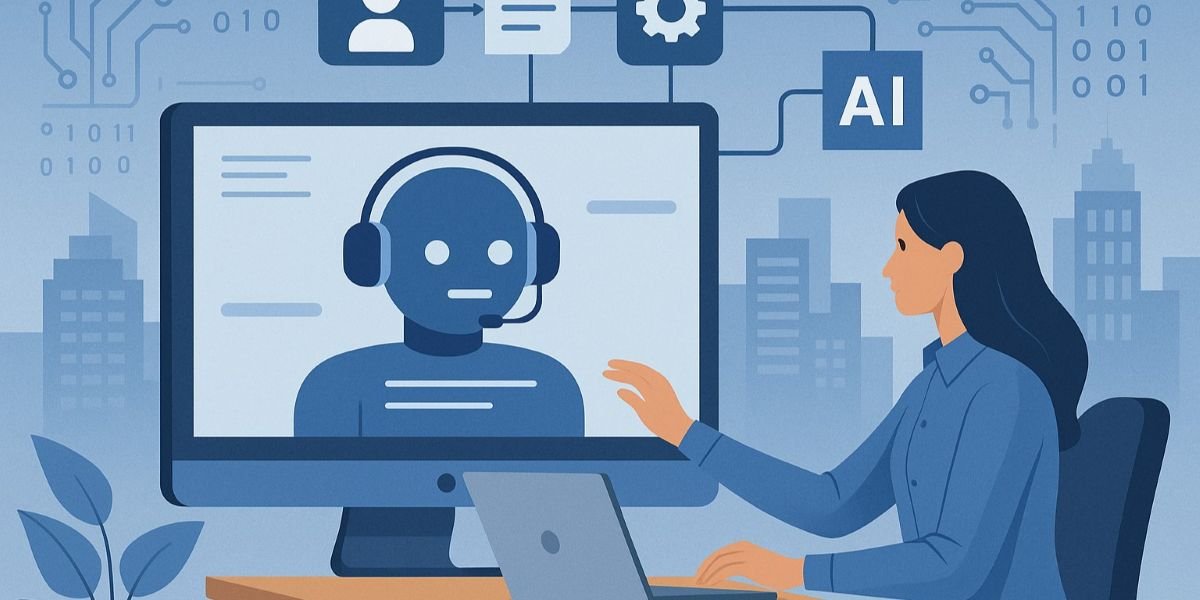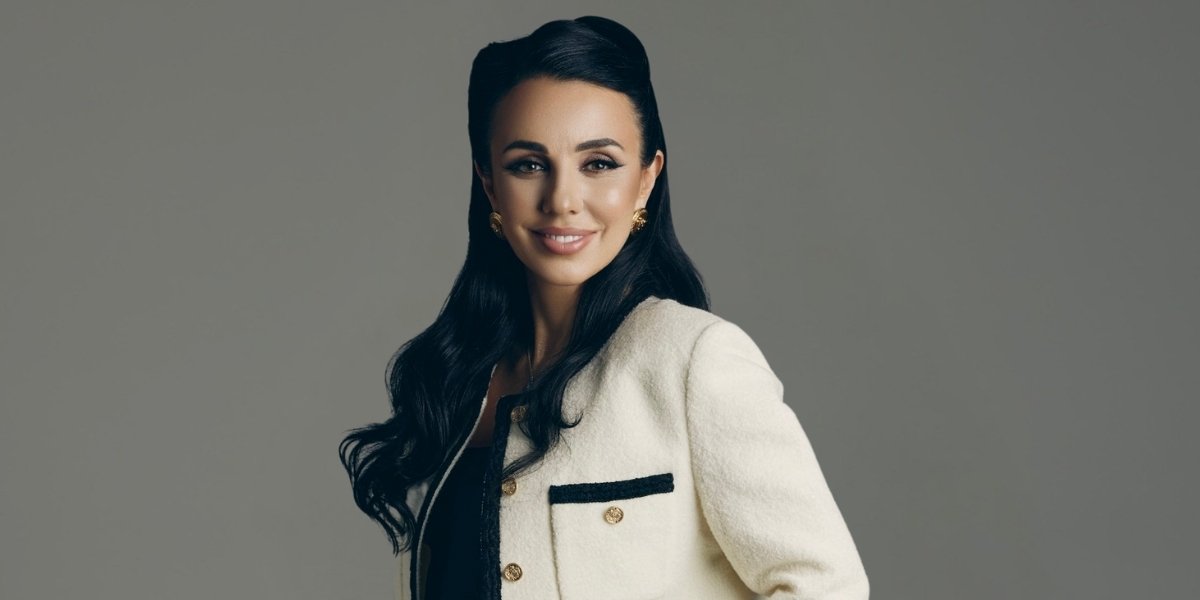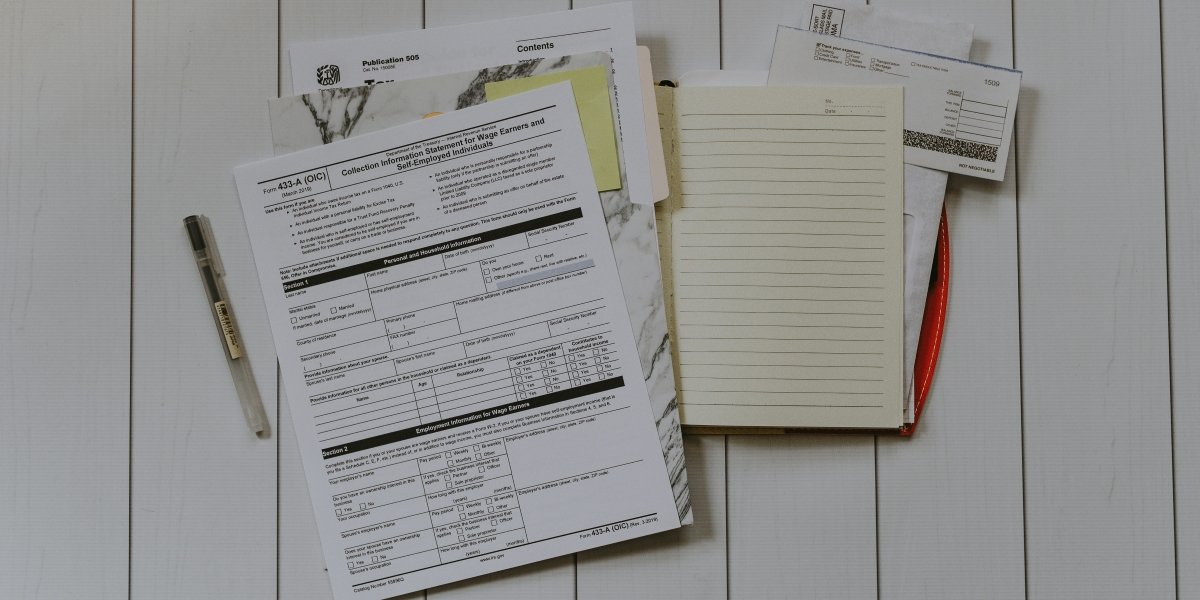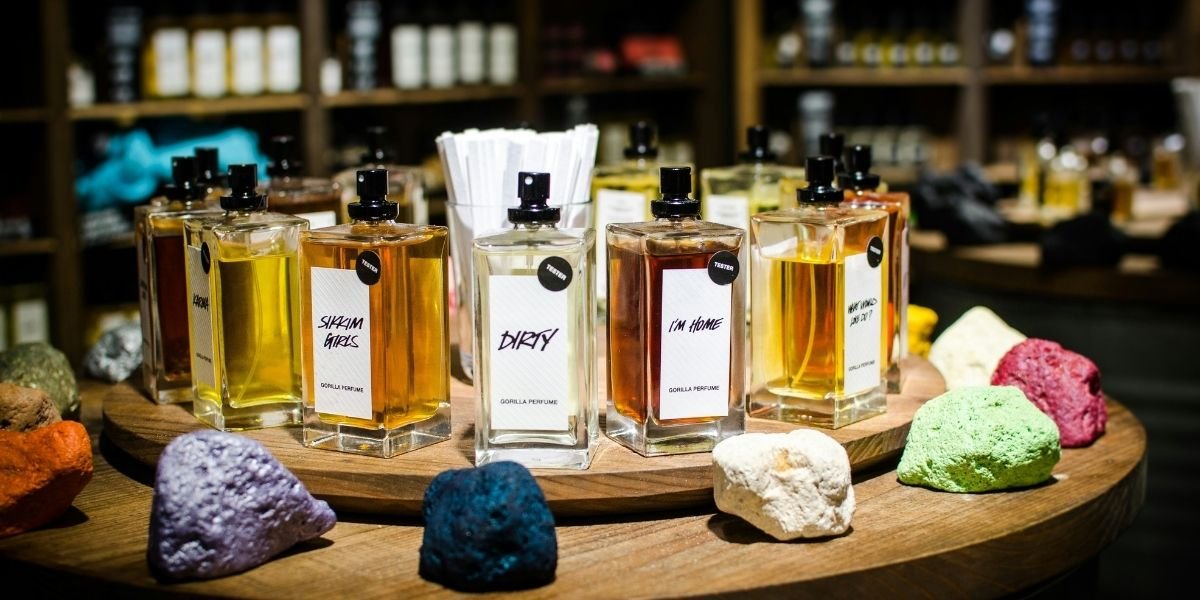Roblox is a global platform that has captured the imagination of millions of children and teenagers. It is not a single game, but rather a vast digital universe where users can create, share, and play a seemingly endless variety of experiences. From simple obstacle courses to complex role-playing games, the content on Roblox is almost entirely generated by its community of users. For parents, the platform can seem like a wild and unpredictable place, and the question of whether it is safe for their kids is a common and important concern. While the platform has faced criticism, a comprehensive understanding of its features and the parental controls available can help a person navigate this digital world with confidence.
Read Also: Why Blind Box Toys Remain Popular With All Ages
The safety of a child’s experience on Roblox depends on a combination of the platform’s built-in safety features and a parent’s active involvement. Like any online environment, Roblox contains both positive and negative elements. On one hand, it is a creative space where a child can learn to code, design, and socialize with friends. On the other, it is a place where they may be exposed to inappropriate content, scams, or unwanted interactions with strangers. The key is not to simply block the platform, but to understand the risks and to take proactive steps to mitigate them. This guide will help a parent learn about the platform’s safeguards and how they can create a safer, more positive experience for their child.
How Does Roblox Manage Safety for Kids?
Roblox has implemented a number of safety measures designed to protect its youngest users. One of the most important features is the automatic content and communication filtering for all users who are under 13 years old. The platform filters out inappropriate language, personal information, and potentially harmful content from all text chats and public posts. This is a critical first line of defense that works to prevent a child from sharing private details or from being exposed to profanity and other unsafe conversations. The filters are continuously updated to try and catch new attempts by users to bypass them, and a human moderation team works alongside this technology to address flagged content.
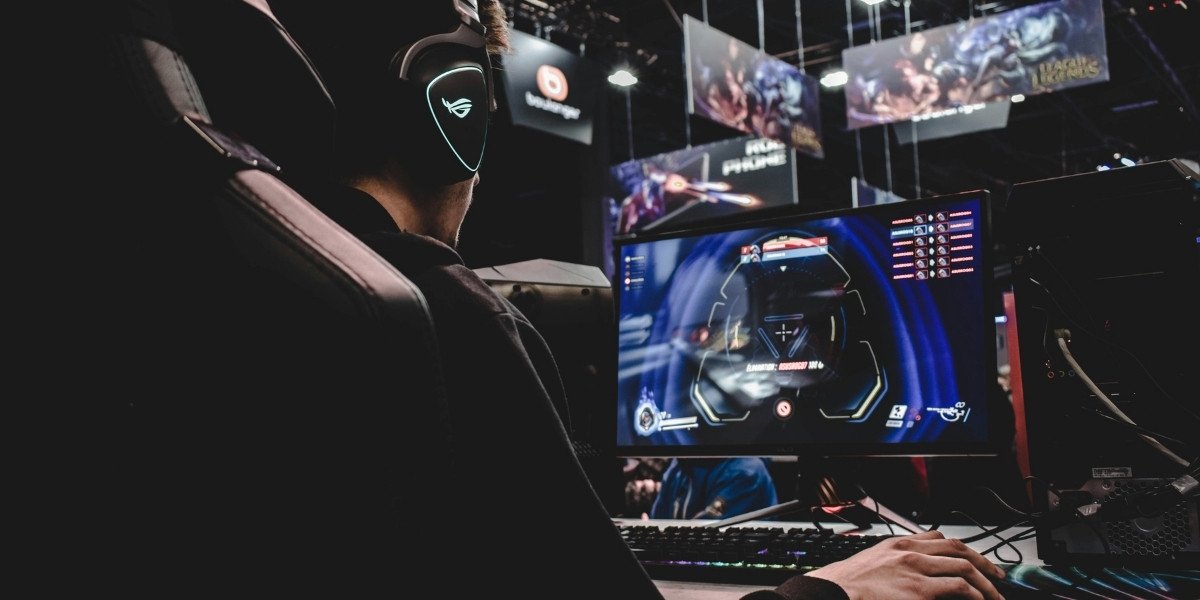
Photo Credit: Unsplash.com
In addition to chat filters, Roblox also uses an age-based content maturity system. Every experience on the platform is assigned a maturity rating, from “minimal” to “moderate” to “restricted.” This rating is based on the type of content within the experience, such as violence, crude humor, or themes that may be unsuitable for a younger audience. Parents can use this system to set restrictions on their child’s account, so that they can only access experiences with an appropriate maturity level. By default, users under 13 can only access experiences that are rated as “minimal” or “mild,” which helps ensure that a child is only exposed to content that is considered safe for their age group.
What Are the Main Risks Parents Should Be Aware Of?
Despite the built-in safeguards, there are several key risks that parents need to be aware of to fully understand the landscape of Roblox safety. The primary risk is the potential for a child to interact with strangers. While the platform has chat filters, a person can sometimes find ways to bypass them. A user may try to move a conversation to another platform that is not monitored, or they may use coded language or symbols to communicate messages that the filters do not catch. This is a common tactic used to groom or scam children. Parents should also know that while Roblox does not allow users to send images or videos in chat, a person may be asked to do so on another application.
Another major concern is the risk of scams and unauthorized spending. Roblox has its own virtual currency called Robux, which can be purchased with real money. A common scam on the platform involves a user promising free Robux or virtual items in exchange for a child’s account password or personal information. Some experiences are even designed to trick a person into giving away their valuable in-game items. A child may also not understand the value of Robux and can spend real money on in-game purchases without realizing the cost. This can lead to a surprise charge on a parent’s credit card, and it can be a source of frustration for both the parent and the child.
How Can Parents Use the Parental Controls?
Roblox has a comprehensive set of parental controls that a person can use to create a safer environment. The first and most important step is to set up a Parent PIN. This is a four-digit code that prevents a child from changing their account settings, such as their age or their chat and privacy settings, without a parent’s permission. This ensures that a parent’s chosen restrictions remain in place, even if a child tries to change them. A parent can also use a Parent PIN to manage a child’s friends list, to monitor what they are doing on the platform, and to check their spending history.
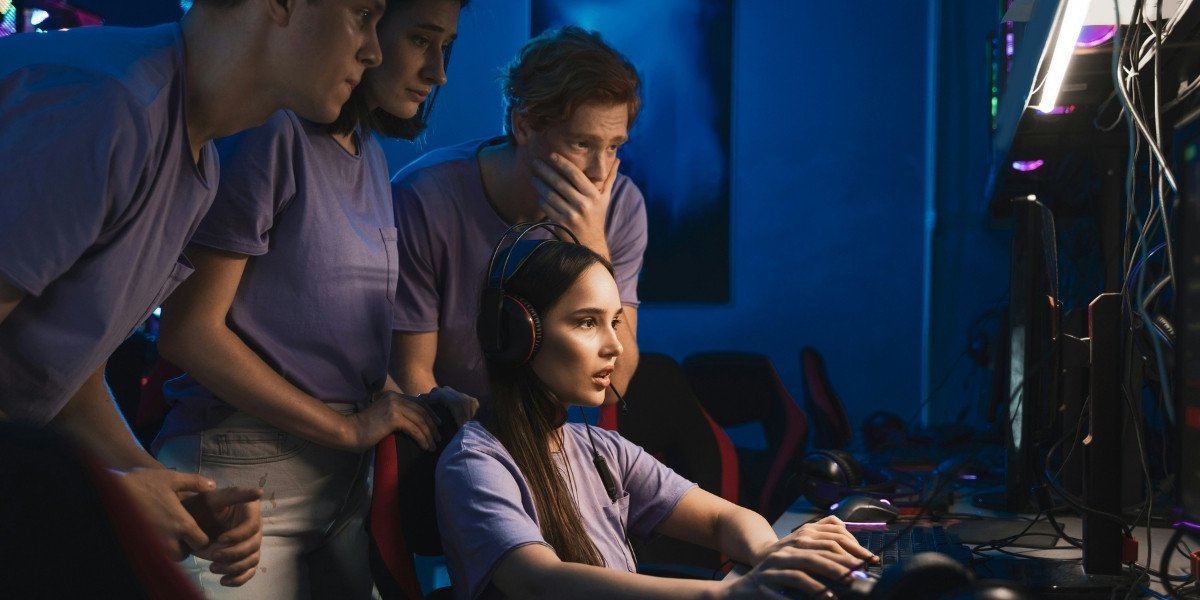
Photo Credit: Unsplash.com
A parent can also manage their child’s communication settings. By default, a person under 13 can only chat with other users within an experience. However, a parent can go into the settings and change who a child can message or chat with, from “everyone” to “friends” or even to “no one.” It is also possible to set a spending limit on a child’s account to prevent them from making in-app purchases without permission. These settings can be managed from a parent’s own account, which can be linked to a child’s account, making it easier to keep track of multiple accounts from one place.
What Steps Should Parents Take to Ensure Safety?
Beyond the technical settings, a parent’s involvement is the most effective safety measure for a child. The first and most important step is to be a part of their online life. This means having an open and honest conversation with a child about the risks they might encounter and what to do if they see something that makes them feel uncomfortable. A person should encourage their child to tell them if anyone asks for their personal information, promises free Robux, or tries to move the conversation to another platform. It is also a good idea to play the games with a child, or to watch them play, to better understand their experience and the people they are interacting with.
Read Also: “Breathe Before You Click”: Michael Davis Brings Mindfulness to Kids’ Tech Habits
A person should also set up a child’s account themselves, ensuring that they use the correct date of birth to activate the strictest privacy and chat filters. It is also a good idea to use a unique, strong password and to enable two-factor authentication (2FA) for added security. Two-factor authentication sends a code to an email address every time a person tries to log in, making it much harder for a scammer to gain access to an account. These simple steps, when combined with a parent’s ongoing guidance and support, can make the Roblox experience a positive and enriching one, allowing a child to explore, create, and play in a safe and monitored environment.

